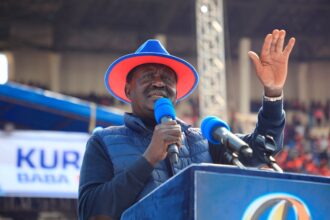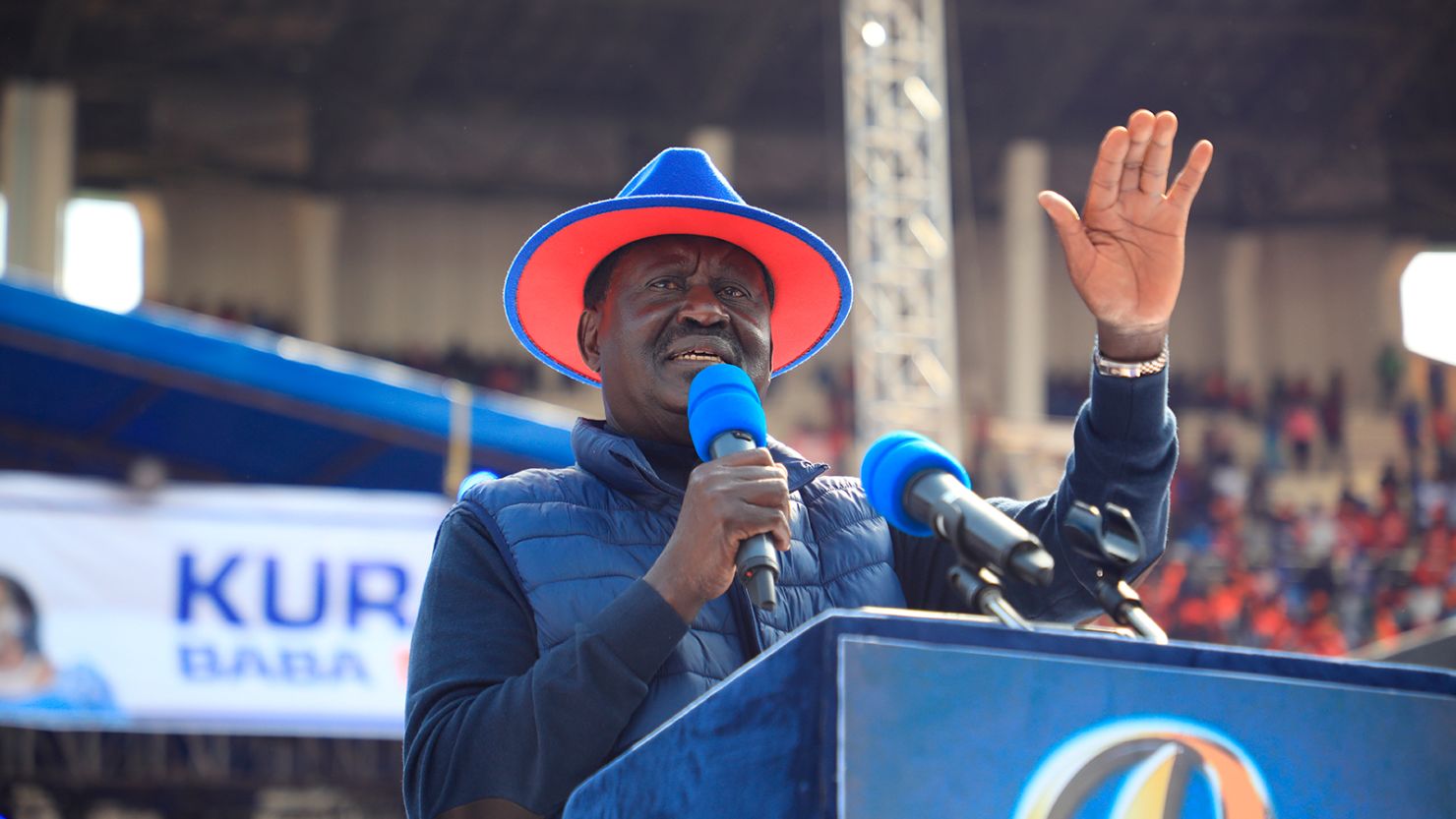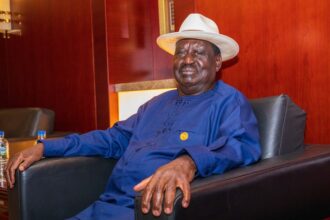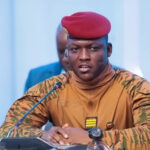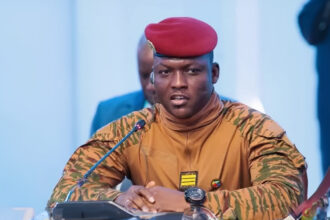In Kenyan politics, perhaps no figure has been as paradoxical as Raila Odinga: a man who embodied both durability and defeat, ambition and restraint. Over decades, he ran for the presidency five times without ever convincing enough of the electorate—or the system—to hand him the prize.
Yet his legacy is less about the offices he held than about the space he carved out between them: as perennial challenger, as conscience of opposition, and ultimately as a stabilising political symbol.
Odinga’s life was a study in the paradox of power without full possession. From his release from political detention to leading mass protests, and from mediating political truces to forging power–sharing agreements, he mastered the art of remaining relevant even when sidelined.
His death in October 15, 2025, while being treated in India, prompts a moment of national reflection not on his losses, but on what he represented for Kenya’s democratic journey.
From Imprisoned Dissenter to Coalition Kingmaker
Born in Maseno in 1945, Odinga was the son of Jaramogi Oginga Odinga, Kenya’s first vice-president and later opposition figure. He trained as a mechanical engineer in East Germany before returning home to engage in activism. Under President Daniel Arap Moi, Odinga was accused of coup plotting and imprisoned without trial for six years, an experience that shaped his narrative as a martyr and dissident.
When multiparty politics was restored, Odinga contested elections, switched party allegiances, and eventually emerged as leader of the Orange Democratic Movement (ODM). He lost narrowly in 2007 amid credible allegations of electoral fraud.
The post-election violence in Kenya led to negotiation and a power-sharing agreement, making Odinga Kenya’s prime minister from 2008 to 2013 under a unity government. In that period he shepherded constitutional reform, culminating in the 2010 Constitution that devolved power and strengthened checks and balances.
But Odinga’s journey was never straightforward: his relationship with coalition partners was fraught; his ambitions undimmed. He challenged presidential election results via the courts—most notably in 2017, where Kenya’s Supreme Court annulled the first vote, a historic decision in African politics.
In 2018 he struck a tactical “handshake” with his erstwhile rival, President Uhuru Kenyatta, which reset alliances and deepened controversy over whether he had traded principle for influence.
Enduring Symbol in an Age of Uncertainty
What made Odinga unique was less his institutional power and more his symbolic resonance. In Kenyan discourse, he came to be known as the “Enigma of Kenyan politics” — a political force defined by his survival through years of repression, accusations, and betrayals. By refusing to bow out, even when denied the top office, he became a framework through which Kenyans understood contestation itself.
His influence extended beyond Kenya. In 2025, for instance, the Kenyan government dispatched him to mediate a crisis in South Sudan—underscoring his status not just as opposition chief, but as a regional statesman.
Yet his legacy is not without complexity or criticism. Detractors say that, over time, he was too comfortable in the role of the aggrieved challenger, sometimes cultivating mass frustration rather than nurturing institutional alternatives. His late-career alliance with President William Ruto, through a pact that saw his party gain positions within government, was viewed by some as a betrayal of his years in opposition.
With his passing, Kenya loses a galvanising figure—one who had the capacity to swing the momentum of politics even without winning. But Kenya also faces a vacuum: can a new generation rise to command both the moral gravitas and political dexterity that Odinga wielded? The 2027 election looms large, and the country will test anew whether the challenger’s mantle can be passed — or whether the system will close ranks again.





